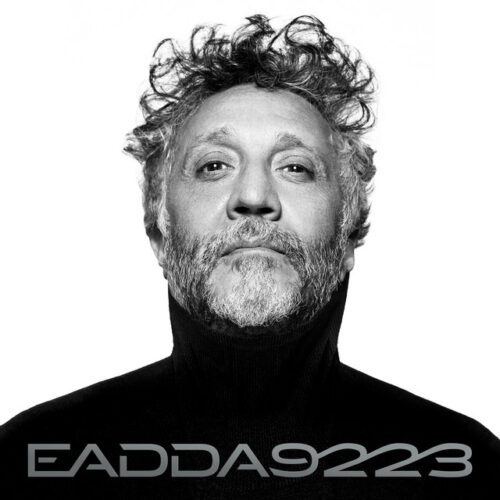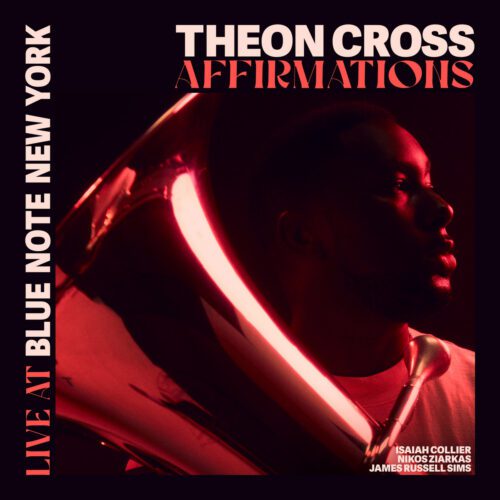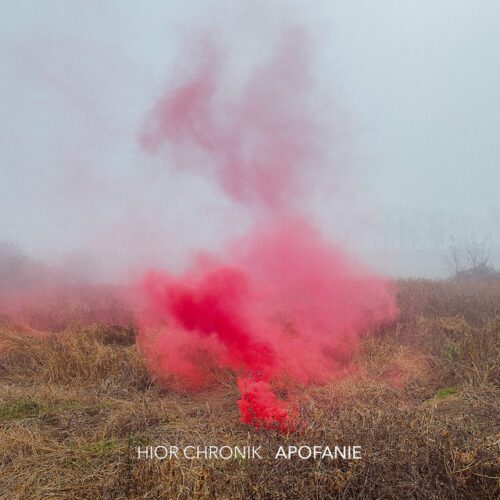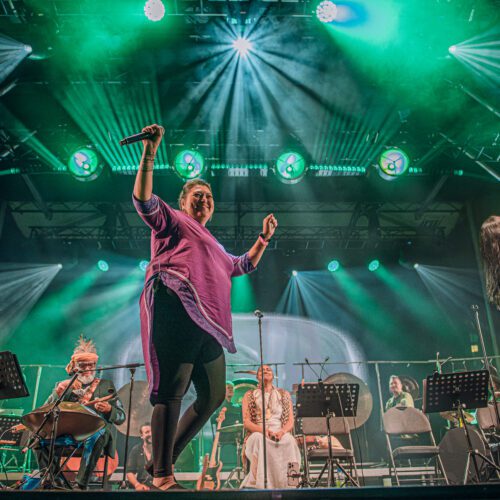2023 is the year of Fito Paez in Argentina and throughout the Hispanic world.
Netflix has produced El Amor Despues Del Amor, 8-episode biopic about the early years of his career, which began at the end of the dictatorship years.
He continues an international tour celebrating the thirtieth anniversary of El Amor Despues Del Amor (Love After Love), the best-selling rock album in Argentine history, released in 1992.
To complete this long loop, Fito Paez released EADDA9223, which stands for El Amor Despues Del Amor 1992-2023.
This album is a kind of deconstruction or re-reading of the original, with different instrumentation and rhythms. Most of the tracks feature collaborators from several countries and generations, embodying the musical diversity of Latin America.
Brazilians Marisa Monte and Chico Buarque, Chilean Mon Laferte, Mexican Angela Aguilar, Argentinian rappers Nicki Nicole and Nathy Peluso, transgender soprano Maria Castillo De Lima, compatriot rockers Andres Calamaro and David Lebon.
And let’s not forget flamenco singers Antonio Carmona and Estrella Morente. As well as old fellow Brit Elvis Costello, who contributed on several occasions with Fito.
The 1992 album was a rock album that was both commercial and exploratory. A rock that flirted with tango, some Latin and folk music and a touch of prog. Listen, for example, to “La Balada de Donna Helena”.
Like his mentor Charly Garcia, with whom he started out as a keyboardist and whom we see in the Netflix biopic, Fito Paez was trained as a classical pianist.
In version 2.0, EADDA 9223 makes more room for string arrangements and a wider range of sonic explorations, but in several tracks, the overproduction proves detrimental. The essential vitality of certain songs is lost in this magma of arrangements. On the other hand, at 60, Mr. Paez’s voice is a little lower, which suits him well. The vocal harmonies between him and his partners are sometimes just fantastic.
For those of you with access to a streaming site (everyone, I presume), I suggest you listen to both versions.
The title track, “El amor después del amor”, is almost unrecognizable. Instead of the hectic groove with horns and torrid female vocals, it’s a gentle circus music with symphony orchestra, with a much slower tempo, that surprises us and ends with a children’s choir with an orchestra on the verge of dissonance. Quite astonishing, in a good way.
The torrid horns are back on “Trafico por Katmandu”, where almost hard rock turns into jazz fusion, with Elvis Costello’s voice to boot.
On the other hand, the magnificent ballad “Pétalo de Sel” suffers from overproduction compared to the original, where Fito Paez’s voice was so penetrating.
The same goes for “La Rueda Magica”, which was intended at the time as a musical tribute to the Beatles and the Rolling Stones, while evoking the ups and downs of life as a musician.It’s a lot less uplifting than the first version.
But in the end, there are some very nice things on this album, which aims to federate an entire continent, plus Central America, Mexico, Spain and the Latin communities in the United States and here.The reworking of Detras del Muro de Los Lamentos (Behind the Wailing Wall), with dance and flamenco guitars, is fascinating. La Balada de Donna Helena adds symphonic hip-hop in its 2.0 version.
Fito Paez has been in a highly creative cycle for the past few years, and he seems intent on continuing to surprise us. He is also a very politically active citizen in a country that is so culturally rich and so socially and economically complicated.
Good luck to Argentina. Winning the World Cup is one thing. Solving its structural problems is more difficult.
Pour celles et ceux d’entre vous qui ont accès à un site de diffusion en continu, (tout le monde je présume) je vous suggère d’écouter les deux versions.
La chanson titre, El amor después del amor, est presque méconnaissable. Au lieu du groove trépidant avec des cuivres et des voix féminines torrides, c’est une douce musique de cirque avec orchestre symphonique, avec tempo beaucoup plus lent, qui nous surprend et se termine par une chorale d’enfants avec un orchestre au bord de la dissonance. Vachement étonnant, dans le bon sens.
Les cuivres torrides, nous les retrouverons sur Trafico por Katmandu, où le rock presque hard se transforme en jazz fusion, avec la voix d’Elvis Costello en prime.
En revanche, la magnifique ballade Pétalo de Sel souffre de surproduction comparativement à l’original, où la voix de Fito Paez était si pénétrante. Même chose pour La Rueda Magica, qui se voulait à l’époque un hommage musical aux Beatles et aux Rolling Stones, tout en évoquant les hauts et les bas de la vie de musicien. Ça lève beaucoup moins que la première version.
Mais au final, il y a de fort jolies choses sur cet album qui vise à fédérer tout un continent, plus l’Amérique centrale, le Mexique, l’Espagne et les communautés latines aux États-Unis et ici.
La relecture de Detras del Muro de Los Lamentos (Derrière le mur des lamentations), avec de la danse et des guitares flamencas, est fascinante. La Balada de Donna Helena ajoute du hip-hop symphonique dans sa version 2.0.
Fito Paez est dans un cycle très créatif depuis les dernières années et il semble vouloir continuer de nous surprendre. Il est aussi un citoyen très actif politiquement dans un pays si riche culturellement et tellement compliqué au niveau social et économique.
Bonne chance à l’Argentine. Gagner le Mondial est une chose. Régler ses problèmes structurels est plus difficile .
























